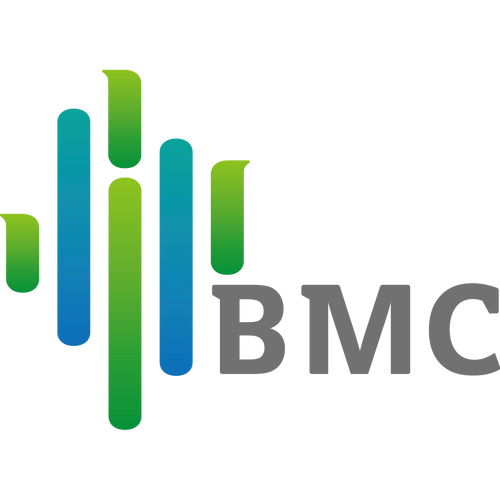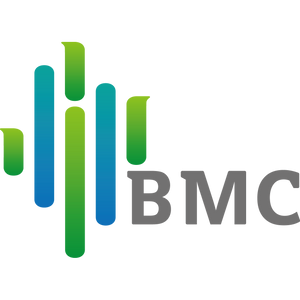Important Tips When Using PAP Machine
A home CPAP is a convenient, safe and proven way to treat sleep apnea (snoring while sleeping). However, due to the high technical content of CPAP, many people have many misunderstandings when using home CPAP for the first time.
1.CPAP are used for treating critically ill patients
home use CPAP machine have been widely used to treat common chronic diseases such as sleep apnea, chronic obstructive pulmonary disease, and respiratory failure, and are not only used for rescue-critical patients.
- Wearing a CPAPwill cause dependence
The CPAP treats sleep apnea in a physical way. During use, the gas blown into the airway by the CPAP will open the collapsed airway, thereby reducing or even eliminating snoring. Do not use the CPAP, at most return to the condition before the CPAP was used. For some patients with carbon dioxide retention, a CPAP is used to help expel carbon dioxide. After the symptoms are relieved, the time of wearing the CPAP can be gradually reduced, or even offline. For patients with sleep apnea, there are also cases of gradual weaning after CPAP treatment.
- Oxygen poisoning caused by using a breathing machine
First of all, we have to clarify how oxygen poisoning is caused, which is long-term high-concentration oxygen inhalation. But the CPAP blows air into the patient's respiratory tract, and the machine itself does not produce oxygen, so there is no oxygen poisoning. For some patients who need oxygen, the oxygen generator is also connected to the CPAP, and the CPAP has an oxygen concentration adjustment to ensure that the patient's oxygen concentration is maintained at an appropriate level and will not cause oxygen poisoning.
- Can't drink water or expectorate while using a CPAP
Before we understood the principle of CPAP to stop snoring. When the patient needs to drink water or expectorate phlegm, he only needs to take off the mask and put it on after drinking water or coughing phlegm.
- Breathing can cause suffocation
Some people think that the CPAP mask seals the nasal cavity, and if the CPAP fails to work, it will cause the patient to suffocate. It is actually very simple to eliminate this misunderstanding. As long as you look closely at the mask, you can find a bunch of densely packed air vents, which avoids the problem of suffocation.
- The CPAPcontrols the wearer's breathing
When a user wears a CPAP for the first time, there will be some discomfort. After all, the feeling of breathing with a mask on is definitely different from natural breathing, which is normal. After a period of adjustment and adaptation, the patient will gradually adapt to the feeling of wearing a CPAP. The CPAP can sense the patient's spontaneous breathing, and assist the patient's spontaneous breathing without controlling the patient's breathing.
- The tighter the mask, the better
When the CPAP blows air into the patient's airway, if the mask leaks, it will definitely affect the effect. So what is the appropriate degree of tightness control of the headband? Generally speaking, it is appropriate to adjust the tightness of the headband to fit 1-2 fingers. Too tight headband will easily cause excessive pressure on the face and affect blood circulation. , causing nasal and facial pressure ulcers. The headband is too loose and causes excessive air leakage to affect the treatment effect.
- Home use CPAP, also known as continuous positive pressure, will it cause extreme difficulties?
All home CPAP machine are continuous positive pressure . As the name implies, home use CPAP machine deliver fresh gas to the airway to keep the airway open regardless of whether the user is inhaling or exhaling. However, the home use CPAP can detect whether the user is in the inhalation stage or the exhalation stage through the algorithm. When it is in the inhalation stage, it will immediately deliver air with a higher pressure. When the inhalation is turned into the expiratory stage, the CPAP immediately changes the pressure Reduce delivery of lower pressure air. By automatically adjusting the air supply pressure to keep the airway open to eliminate snoring, solve hypoxia in the body, and solve problems such as carbon dioxide retention.
- Is the single-levelCPAPalways blowing into the lungs, while the bi-level CPAP blows for a while and then pulls out?
Whether it is a single-level CPAP or a bi-level CPAP, it is always continuous positive pressure ventilation. It is not that the single-level CPAP keeps blowing into the lungs, while the bi-level CPAP blows for a while and then draws it out. It’s just that the bi-level CPAP machine can set a larger range for both inspiratory pressure and expiratory pressure, and the transition curve of pressure transition in a short time from inhalation to exhalation is smoother, which is reflected in better user comfort. Instead of a bi-level CPAP pumping air outward.
However, in the process of using a CPAP, there are many precautions that you should know:
- First use
You may feel uncomfortable when using the CPAP for the first time , but this is normal. You can take a few deep breaths, and after a period of self-adjustment, the patient will gradually adjust to this new feeling.
- Get up : If you need to get up at night, remove the mask and turn off the CPAP. Put your mask back on and switch on the CPAPwhile you continue to sleep.
- Mouth leak :
If using a nasal mask, try to keep your mouth closed during treatment. Mouth leaks can lead to reduced efficacy. If the air leak in the mouth does not resolve, an oral-nasal mask or a chin strap can be used.
- Wearing a mask
A CPAP works best when the mask is well-fitted and comfortable. Air leaks can affect efficacy, so it is important to eliminate air leaks. Before putting on the mask, wash your face to remove excess oil from the face, which will help you wear the mask better and prolong the life of the mask pad.
- Drying problem
During use, dryness of the nose, mouth and pharynx may occur, which is more pronounced in winter. Usually, adding a humidifier can eliminate the above discomfort.
- Nasal irritation
During the first few weeks of treatment, sneezing, runny nose, and nasal congestion may occur. Usually, adding a humidifier can solve the above problems.
- International travel
Most CPAP machine have a built-in power converter, the applicable voltage is 100-240V, 50-60Hz, so that the CPAP can be used in the world. When traveling internationally, no special adjustment is required, but a power plug adapter may be required.


